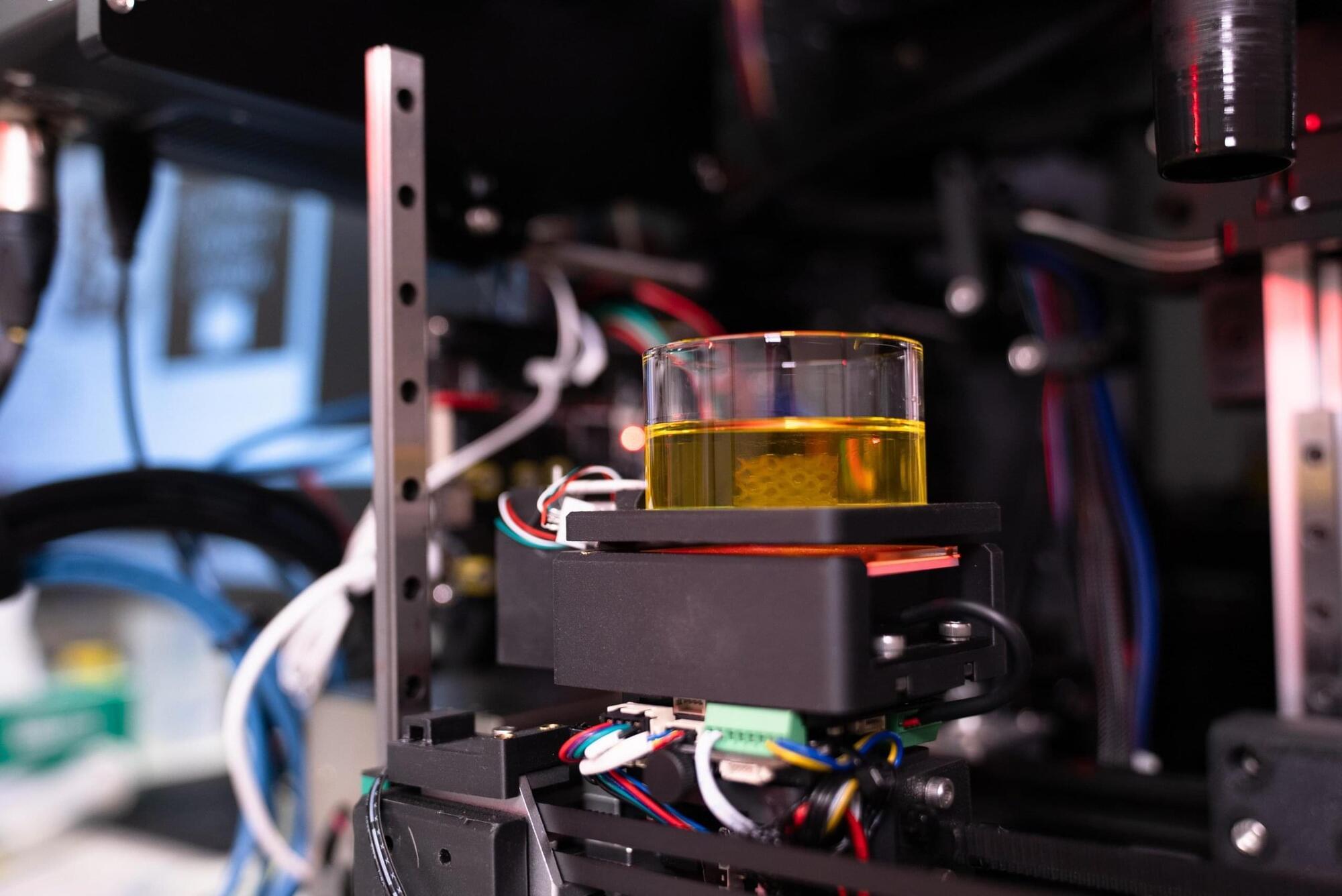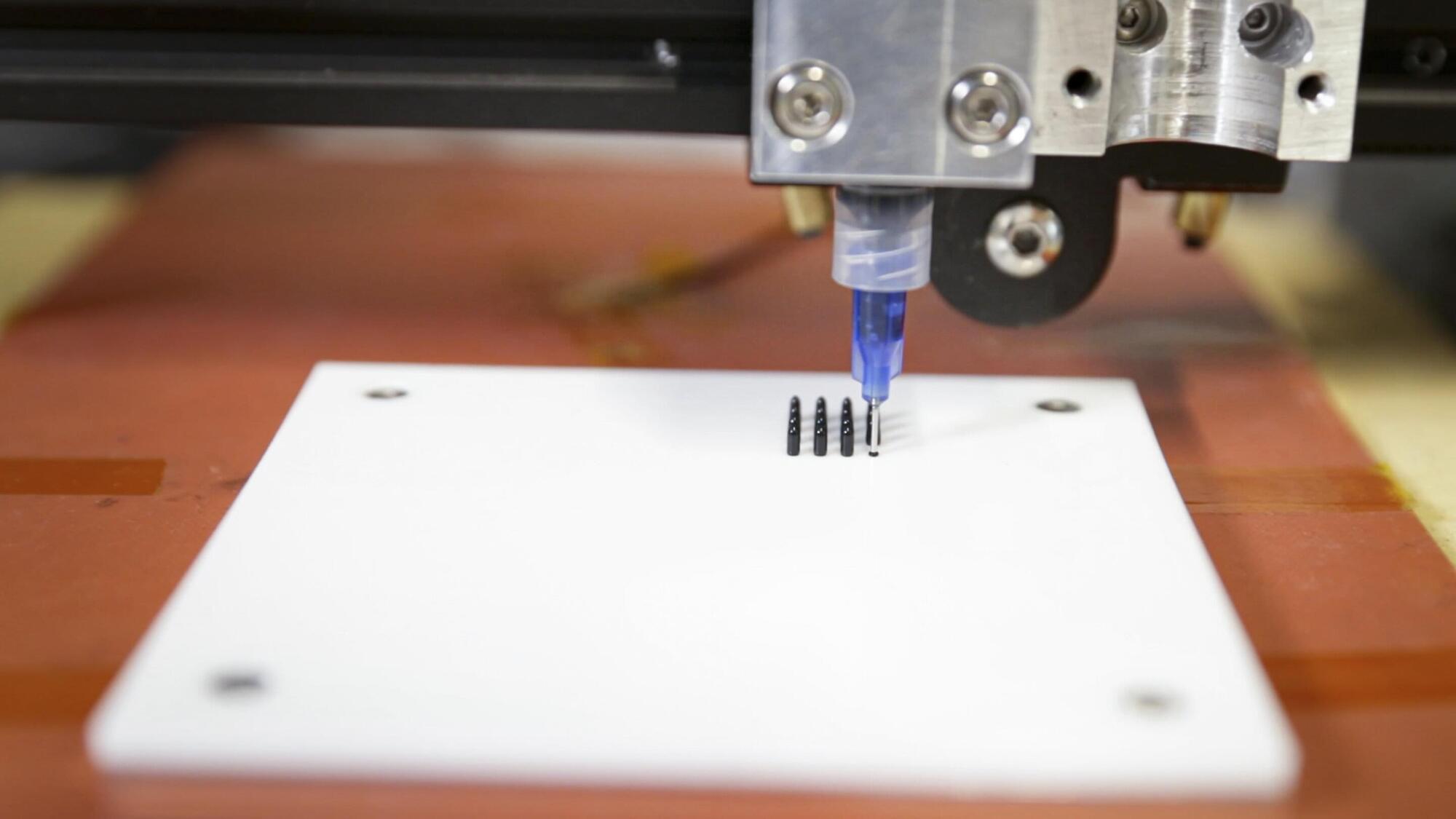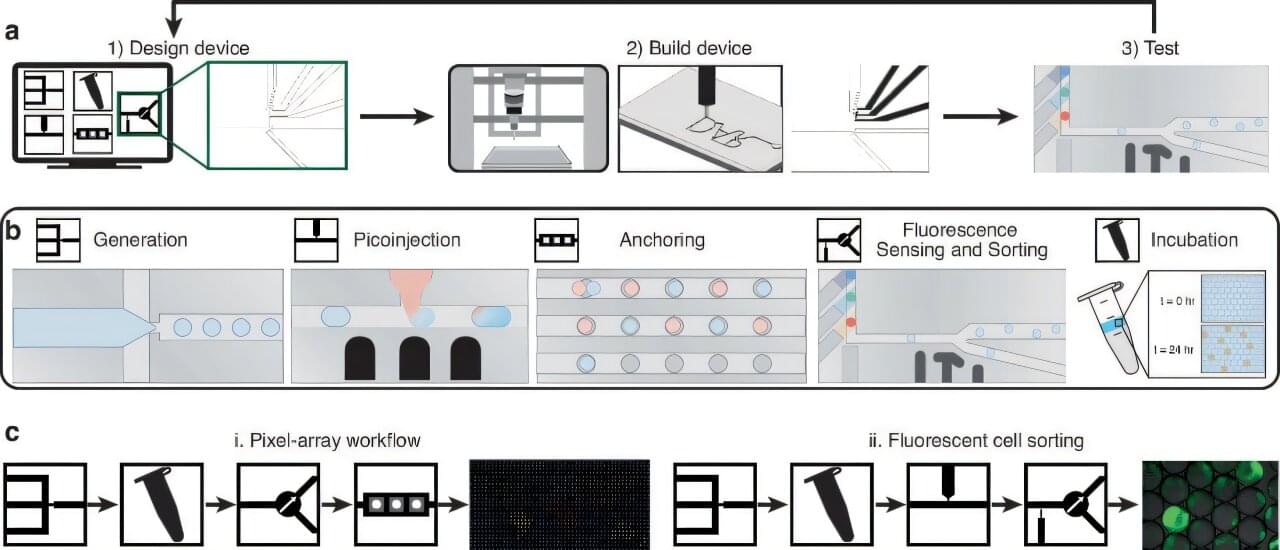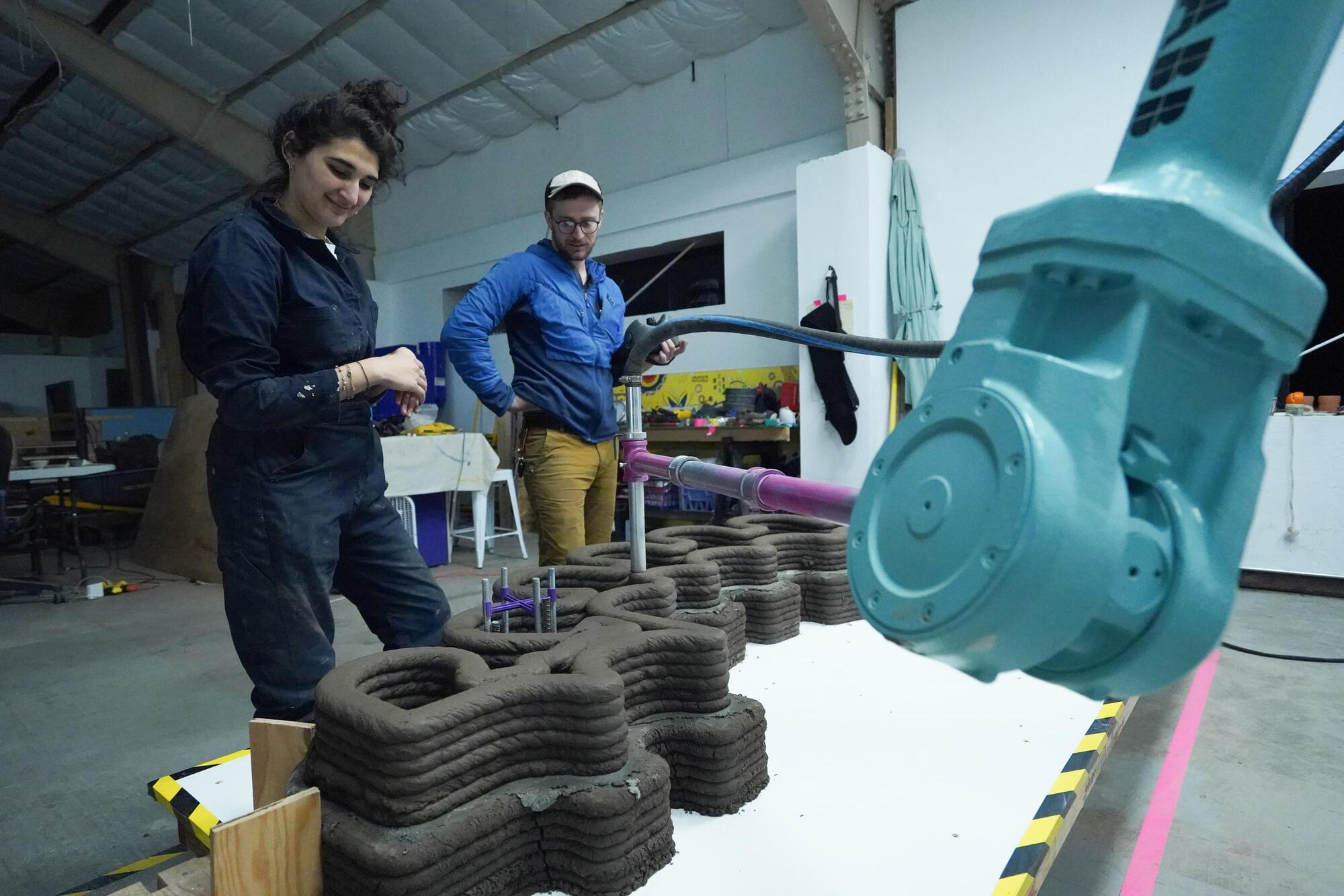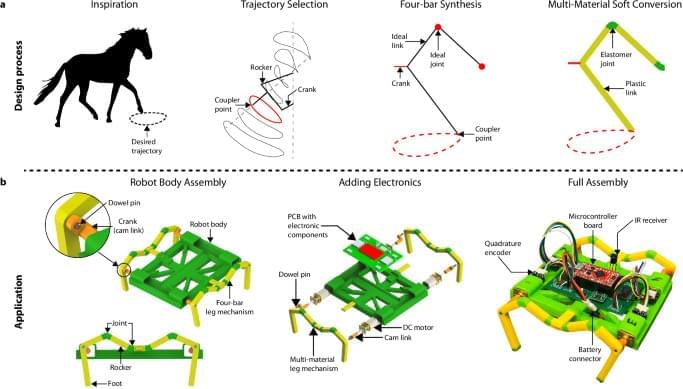Biomedical engineers at the University of Melbourne have developed a 3D bioprinting system capable of creating structures that closely replicate various human tissues, ranging from soft brain tissue to more rigid materials like cartilage and bone.
This innovative technology provides cancer researchers with a powerful tool for replicating specific organs and tissues, enhancing their ability to predict drug responses and develop new treatments. By offering a more accurate and ethical approach to drug discovery, it also has the potential to reduce reliance on animal testing.
Head of the Collins BioMicrosystems Laboratory at the University of Melbourne, Associate Professor David Collins said: In addition to drastically improving print speed, our approach enables a degree of cell positioning within printed tissues. Incorrect cell positioning is a big reason most 3D bioprinters fail to produce structures that accurately represent human tissue.
